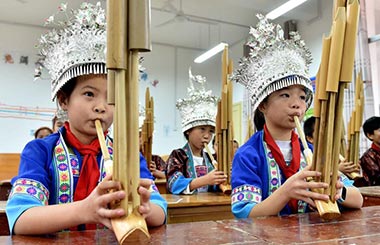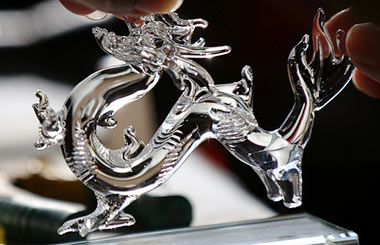Finding the right balance in co-productions
 |
 |
Most official co-productions flop, and very few actually are hits. It is difficult to cite successful instances of a co-production that has captivated both audiences, experts say.
But Hollywood studios certainly do not want to ignore the great potential in the Chinese film industry, while Chinese filmmakers are eager and creative enough to find diversified alternative methods to realize collaborations with Hollywood.
"Today co-production is not a legal term," says Chinese film producer Wang Fan, who is making a film with an international cast and crew.
"For me it could be in various forms. The teamwork of the cast and crew, the co-development of stories, product placement or the co-investment in a project can also be effective co-productions."
Product placement is a more popular approach.
In Sony's latest Spider-Man film, Chinese white spirits brand Jiannanchun's bottle and logo are displayed prominently on a billboard in New York City's Times Square. Chinese milk brand Yili and clothing brand Meters/Bonwe were featured in the earlier Transformers film. The milk's name was even mentioned in a conversation.
"To have your product appear in the film for seconds, that's the simplest co-operation now," says Wang Yifei, president of Herun Media, a leading branded content creative platform. "Clients are looking for more complicated projects now."
The company helped TCL appear in The Avengers in 2011 and Blue Moon, the domestic liquid soap, in The Smurfs 2.
But its most recent case, the co-promotion of milk brand Mengniu and Rio 2, is a multi-layer cooperation that involves games on mobile phones and tablets, and on-site campaigns to win film tickets.
"It has been widely acknowledged that China will soon replace the US as the biggest film market in the world," Wang says.
"Chinese people are sensitive to any Chinese element in a Hollywood blockbuster."

















